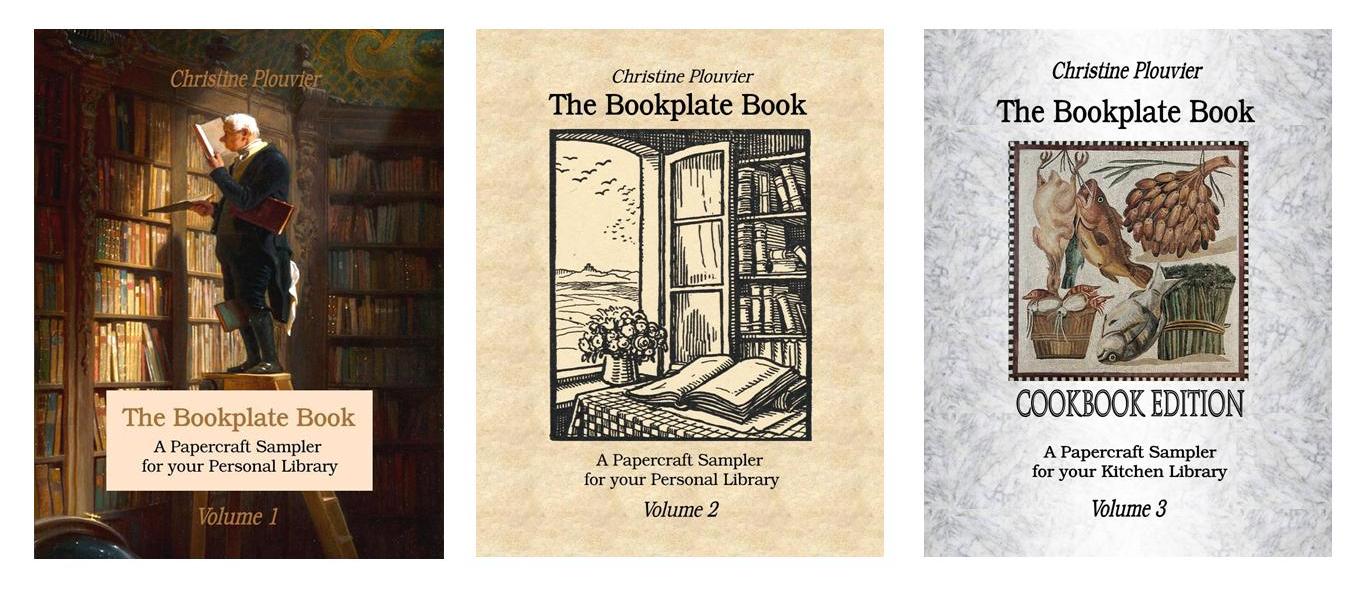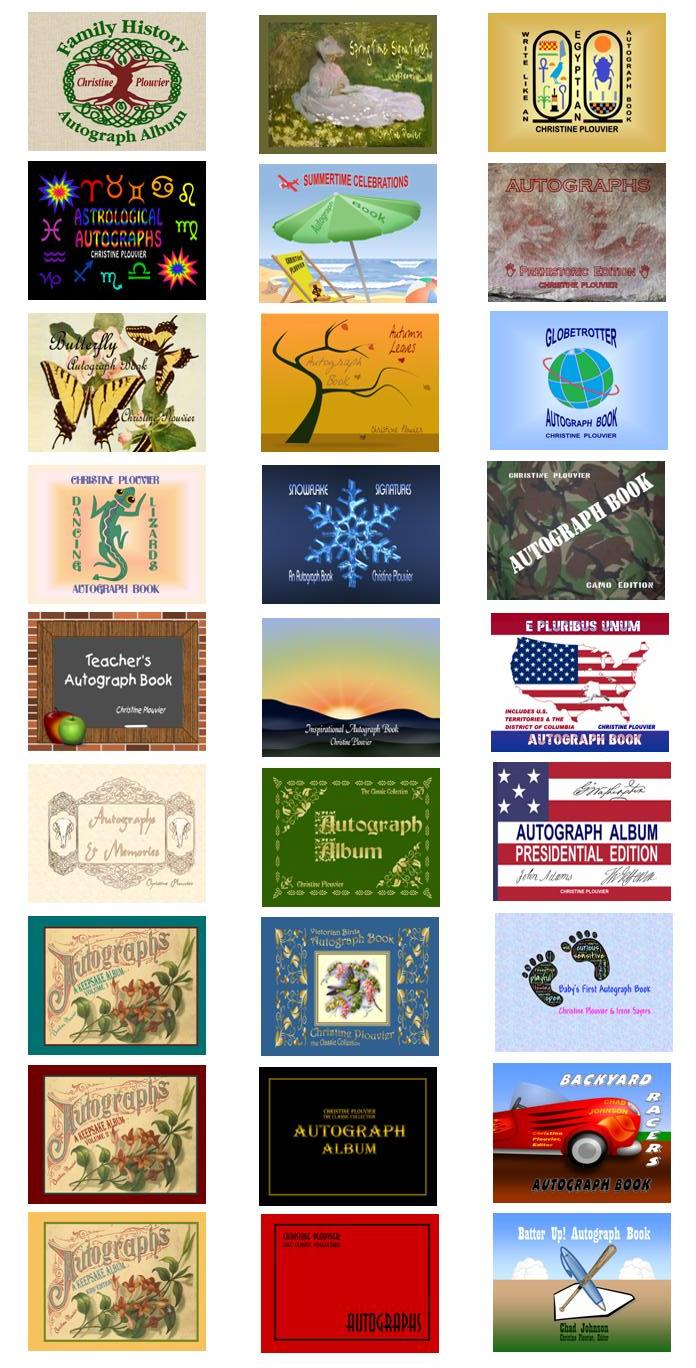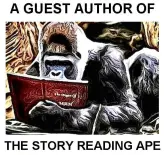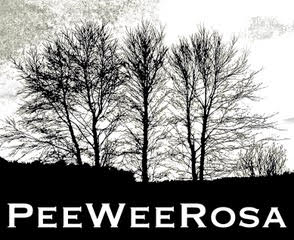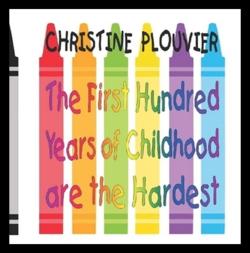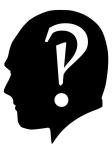 Why are The 7 Reasonable Rules of Writing the only ones that matter to our Art? Because of human psychology: We must write with the reader’s mind in mind. The best way to do this is to understand what can influence your own brand of reader psychology.
Why are The 7 Reasonable Rules of Writing the only ones that matter to our Art? Because of human psychology: We must write with the reader’s mind in mind. The best way to do this is to understand what can influence your own brand of reader psychology.
The physical form of a work of art serves to communicate the artist’s message to your mind and heart. To some degree, this depends on your mental state, which can be affected by various physical and emotional conditions.
For example, the ability to keep track of 7 items of importance is the upper limit to what human brains can handle at any one time. For reading, this number includes the unidentified narrator in stories written in the 3rd person, as well as yourself, “drawn into” a story as an intimate observer. For the writer of an epic series, having a “cast of thousands” may be a way to build back-story for a reservoir of “likely suspects” for promotion to more significant roles in future books, but as a reader, your brain can competently and comfortably relate to the “extras” only in the aggregate.
 Learning from reading (which was the outcome of crossing speech with cave paintings) was an adaptation that was hot-wired inside heads that had been hard-wired for bonding with mates, monitoring active offspring, keeping an eye out for predators, hunting or gathering, and hanging out with the herd. Thus, in addition to experiencing empathy for main characters, sympathy for the secondary ones, and antipathy towards villains, you must adapt these circuits to transacting with a narrator as you expose yourself to the possibility of change via mental and emotional learning, while you still maintain your own identity intact.
Learning from reading (which was the outcome of crossing speech with cave paintings) was an adaptation that was hot-wired inside heads that had been hard-wired for bonding with mates, monitoring active offspring, keeping an eye out for predators, hunting or gathering, and hanging out with the herd. Thus, in addition to experiencing empathy for main characters, sympathy for the secondary ones, and antipathy towards villains, you must adapt these circuits to transacting with a narrator as you expose yourself to the possibility of change via mental and emotional learning, while you still maintain your own identity intact.
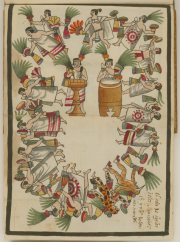 Psychomotor learning is also associated with reading, although it’s hampered by the vicarious nature of the beast. In pre-literate times, people developed rituals that involved audience participation in stories, via song, music and dance. These activities contributed to a “suspension of disbelief” that fictitious events were really happening.
Psychomotor learning is also associated with reading, although it’s hampered by the vicarious nature of the beast. In pre-literate times, people developed rituals that involved audience participation in stories, via song, music and dance. These activities contributed to a “suspension of disbelief” that fictitious events were really happening.
Suspension of disbelief is why people applaud, hiss or boo during theatrical and cinematic performances. It’s also why you may feel your heart racing or find yourself holding your breath while immersed in a novel. One of the readers of Irish Firebrands even reported shouting, “No! Go away!” whenever a disliked character made an appearance on the page.
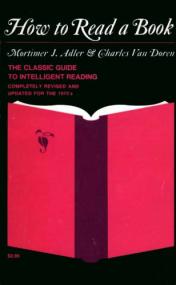 Non-fiction writers also should know that psychomotor learning is a reason why educators and folks like Adler and Van Doren (right) advocate adding the manipulative activity of note-taking, especially by glossing (making marginal notes). It helps to re-read your notes, although many students report their taking voluminous notes, but never going back to them. This makes glossing the more valuable of the two methods, but even if you don’t re-read notes, you still benefit from the manipulative aspects of your handling the pencil and writing.
Non-fiction writers also should know that psychomotor learning is a reason why educators and folks like Adler and Van Doren (right) advocate adding the manipulative activity of note-taking, especially by glossing (making marginal notes). It helps to re-read your notes, although many students report their taking voluminous notes, but never going back to them. This makes glossing the more valuable of the two methods, but even if you don’t re-read notes, you still benefit from the manipulative aspects of your handling the pencil and writing.
Manipulation is why e-readers had to add finger-swiping page-turn simulation to the screen-reading experience (scrolling and clicking don’t have the same effect). But paper books still have the upper hand when it comes to handling. In addition to the small-muscle activity of turning and sometimes dog-earing pages, they offer sensory inputs: tactile (feeling paper texture), olfactory (smelling ink, pigments and glue), and optic (seeing cover art, font and text formatting, punctuation and illustrations). Repeating such inputs every time you pick up a book, promotes a kinesthetic bond with that book.
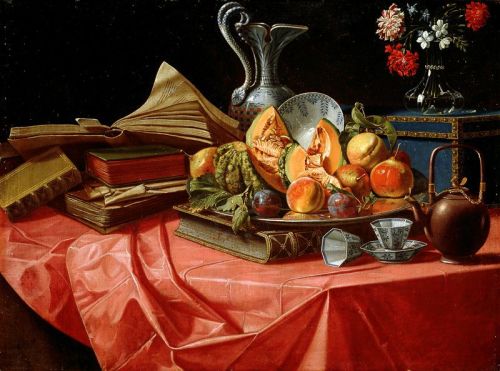
Food and beverage consumption while reading also enhance learning and book-bonding, because of their manipulative value, multi-sensory input, and effects on energy levels. For best results during testing, however, you should eat the same foods you ate during study. Spills and greasy fingerprints are the associated risks to both virtual and paper media, although repairing or replacing an electronic gadget that fell into food is likely to bend your budget more than will cookie crumbs between paper pages.
Many people like to read themselves to sleep, but if you want to stay awake, a meal that’s high in protein (but low in the amino acid tryptophan, which triggers serotonin production and causes sleepiness), promotes alertness. High carbohydrate consumption also brings on stupor. That’s why a holiday meal of high-tryptophan turkey with several starchy sides and desserts can make feasters fall asleep and miss the football game. Eat lettuce-wraps instead of sandwiches, and leave the doughnuts alone (coffee can’t help a brain that’s in doughnut droop: you’ll need to sleep it off).
 Simple sugars are the carb exception, because they can cross the blood-brain barrier quickly. Adding the role of endorphins (the body’s feel-good chemicals) in the pleasurable aspects of reading, makes chocolate, with its endorphin analogues, the premier reading brain food!
Simple sugars are the carb exception, because they can cross the blood-brain barrier quickly. Adding the role of endorphins (the body’s feel-good chemicals) in the pleasurable aspects of reading, makes chocolate, with its endorphin analogues, the premier reading brain food!
If there are flaws in the basic structure of the text (spelling, grammar and punctuation), you’ll notice, become distracted or irritated, and abandon that author. If a story lacks sufficient sensory involvement or opportunities for learning, you’ll become bored and give up on the book. If a book’s physical form doesn’t encourage bonding, you won’t experience a strong enough kinesthetic connection to block distracting demands from your own body. These things can all prevent your suspension of disbelief.
 You already have a lot going on inside your head, and so you depend on the authors you read to coordinate the nuts and bolts of writing. Only then can you feel safe to put your own agenda on hold, while you devote your attention to the visualization, imagination, sensitization and interpretation that writing can evoke.
You already have a lot going on inside your head, and so you depend on the authors you read to coordinate the nuts and bolts of writing. Only then can you feel safe to put your own agenda on hold, while you devote your attention to the visualization, imagination, sensitization and interpretation that writing can evoke.
Where has all this literary psychoanalysis landed us? As Artists, we have no control over the human psychology that contributes so much to the subjectivity that characterizes our potential patrons’ responses to Written Art, but we’d be well advised to strive to:
Manage the important technical aspects of writing so that people can comfortably add the activity of reading to the multitasking that’s happening inside their heads.
Keep readers’ minds in mind, by writing within normal limits for human psychology and brain function.
Help people learn from reading that builds appropriately on human behavioral psychology.
Help people love reading, by providing psychomotor and sensory cues that invite reader reactions.
Help people own and identify with reading, by publishing in formats that help readers feel physically connected to books.
 This can translate into a novel that’s written in deep 3rd-person point-of view with 4 important characters; encourages emotional engagement through empathy, sympathy, and antipathy; portrays song, music and dance; involves learning history and other facts; is published in paper as well as electronic format, and that talks about food – including four references to chocolate or cocoa!
This can translate into a novel that’s written in deep 3rd-person point-of view with 4 important characters; encourages emotional engagement through empathy, sympathy, and antipathy; portrays song, music and dance; involves learning history and other facts; is published in paper as well as electronic format, and that talks about food – including four references to chocolate or cocoa!
This post now available for download: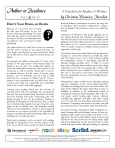
©2014 Christine Plouvier. All Rights Reserved.
…
This just in! After I wrote this blog post, I found these articles:
 Web or PDF
Web or PDF
 Web or PDF (original research report)
Web or PDF (original research report)
IRISH FIREBRANDS: A Novel ~ and Other Works by Christine Plouvier, Indie Author
 Why are The 7 Reasonable Rules of Writing the only ones that matter to our Art? Because of human psychology: We must write with the reader’s mind in mind. The best way to do this is to understand what can influence your own brand of reader psychology.
Why are The 7 Reasonable Rules of Writing the only ones that matter to our Art? Because of human psychology: We must write with the reader’s mind in mind. The best way to do this is to understand what can influence your own brand of reader psychology.










